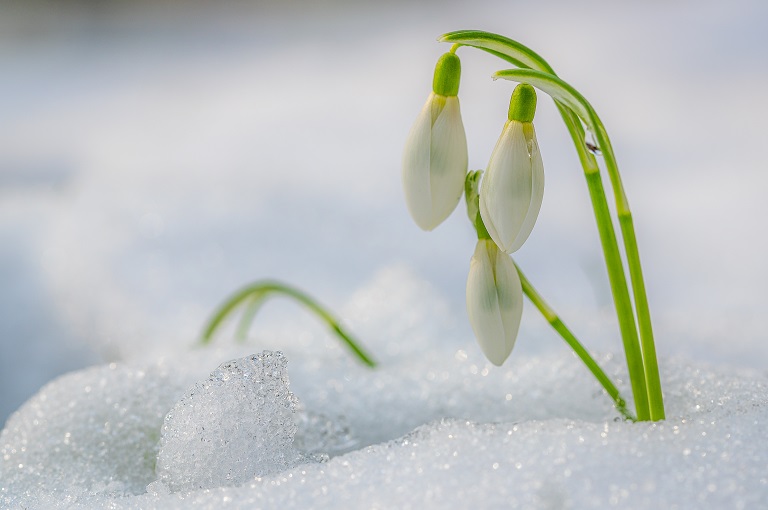Minnesota Landscape Spring Gardening Guide: Protect Your Plants From Ice Damage

Spring ice damage can be a serious concern for gardeners, as ice can cause significant harm to plants and soil. When the ice thaws, the water can penetrate the soil and cause it to become compacted, which can make it difficult for plants to absorb nutrients and water. Additionally, the weight of the ice can break or bend tree limbs and other plants, leaving them vulnerable to disease and insect infestations. By taking steps to protect your garden during the winter months, you can minimize the damage caused by spring ice and help ensure that your plants stay healthy and vibrant throughout the growing season.
CHASKA, Minn. — It’s that time of year again where the bees start buzzing, birds start chirping and many are getting the urge to start planting.
Before you put your green thumbs to work, there are some things to keep in mind to make sure your yard is ready for the season.
WCCO’s Pauleen Le spent some time with University of Minnesota Horticulture Extension Educator Julie Weisenhorn at the Minnesota Landscape Arboretum to learn the dos and don’ts of spring planting.
The biggest issue we’re seeing is that our yards are wet with all the melting snow!
Source: CBS NEWS
As winter approaches, many gardeners worry about the impact that de-icing products and snow removal techniques may have on their gardens. Fortunately, there are many garden-friendly solutions available that can help protect your plants while still keeping your walkways and driveways safe.
Winter weather can be tough on your garden. Snow and ice can damage delicate plants, and many de-icing products can harm the soil and vegetation. But with a little bit of planning and preparation, you can keep your garden safe and healthy throughout the winter months. In this article, we’ll take a look at some of the best garden-friendly de-icing techniques and snow removal tips that you can use to protect your garden.
Discover Effective Tips to Keep Your Garden Safe and Healthy
- Choose the Right De-Icing Product: Not all de-icing products are created equal. Many traditional products contain harmful chemicals that can damage your plants and soil. Instead, look for garden-friendly alternatives such as Safe Paw, which is made from natural ingredients and is safe for pets and wildlife.
- Create a Snow Barrier: Before the first snowfall, consider creating a snow barrier around your garden beds. This can help protect your plants from the weight of the snow and prevent them from getting buried. Use stakes and burlap to create a barrier that’s at least two feet high.
- Use Snow Shovels or Brooms: When it comes time to remove snow from your garden, skip the snowblower or plow and opt for a shovel or broom instead. This will allow you to be more precise and gentle when removing snow around your plants.
- Don’t Overwater: During the winter months, it’s important to avoid overwatering your plants. Excess water can freeze and damage the roots. Instead, water your plants sparingly and only when necessary.
- Cover Your Plants: For extra protection, consider covering your plants with burlap or other protective material. This can help protect them from the cold and wind.
Conclusion:
With a little bit of planning and care, you can keep your garden safe and healthy throughout the winter months. By choosing garden-friendly de-icing products, creating a snow barrier, using snow shovels or brooms, avoiding overwatering, and covering your plants, you can help protect your garden from the harsh winter weather.
If you’re looking for a garden-friendly de-icing product, consider trying Safe Paw. It’s made from natural ingredients and is safe for pets and wildlife. With Safe Paw, you can protect your garden and keep your walkways and driveways safe at the same time.

